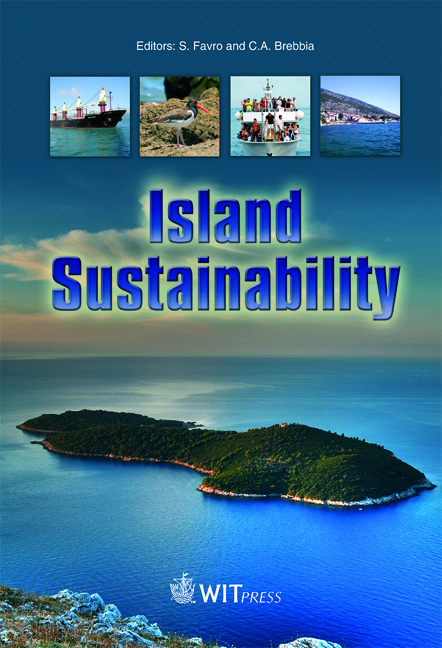Designing Of Protective Seaside Wall Composite Elements For Protection Of Roads Along The Seashore
Price
Free (open access)
Transaction
Volume
130
Pages
10
Page Range
221 - 230
Published
2010
Size
1,503 kb
Paper DOI
10.2495/ISLANDS100191
Copyright
WIT Press
Author(s)
A. E. Ushakov, Y. G. Klenin, A. V. Pankov & S. N. Ozerov
Abstract
Preparation for the Sochi Olympic Games in 2014 requires new solutions in the building of seashore infrastructures. The building of a second track was organised along the seashore in order to expand and improve transport capacity. In order to protect the railway’s embankment from the wash-out it was necessary to build protective walls along the seashore. For this purpose it was proposed by ApATeCh to use a new structure of protective seaside wall using FRP. \“ApATeCh” has developed a conceptually new structure of sub-grade support combined with a protective seaside structure. The traditional materials used for this type of structure, such as concrete and stone, have been fully replaced by composite materials. Within the wall’s designing process the complete cycle of calculation and experimental research has been executed for the confirmation of the wall’s bearing capacity. In order to determine the actual loads of different elements of the protective wall, the system of strain-measuring monitoring was integrated inside the wall. In order to determine the possible deformation of the composite panels and of the whole structure, the method of engineering and geodesic monitoring was developed. The application of composite materials for the protective seaside wall enabled a substantial decrease in the installation period and expenses whilst increasing the service life of the structure by threefour times. Keywords: emission sources, trace and heavy metal, anthropogenic activity, dust composition, elemental concentrations.
Keywords
emission sources, trace and heavy metal, anthropogenic activity, dust composition, elemental concentrations





